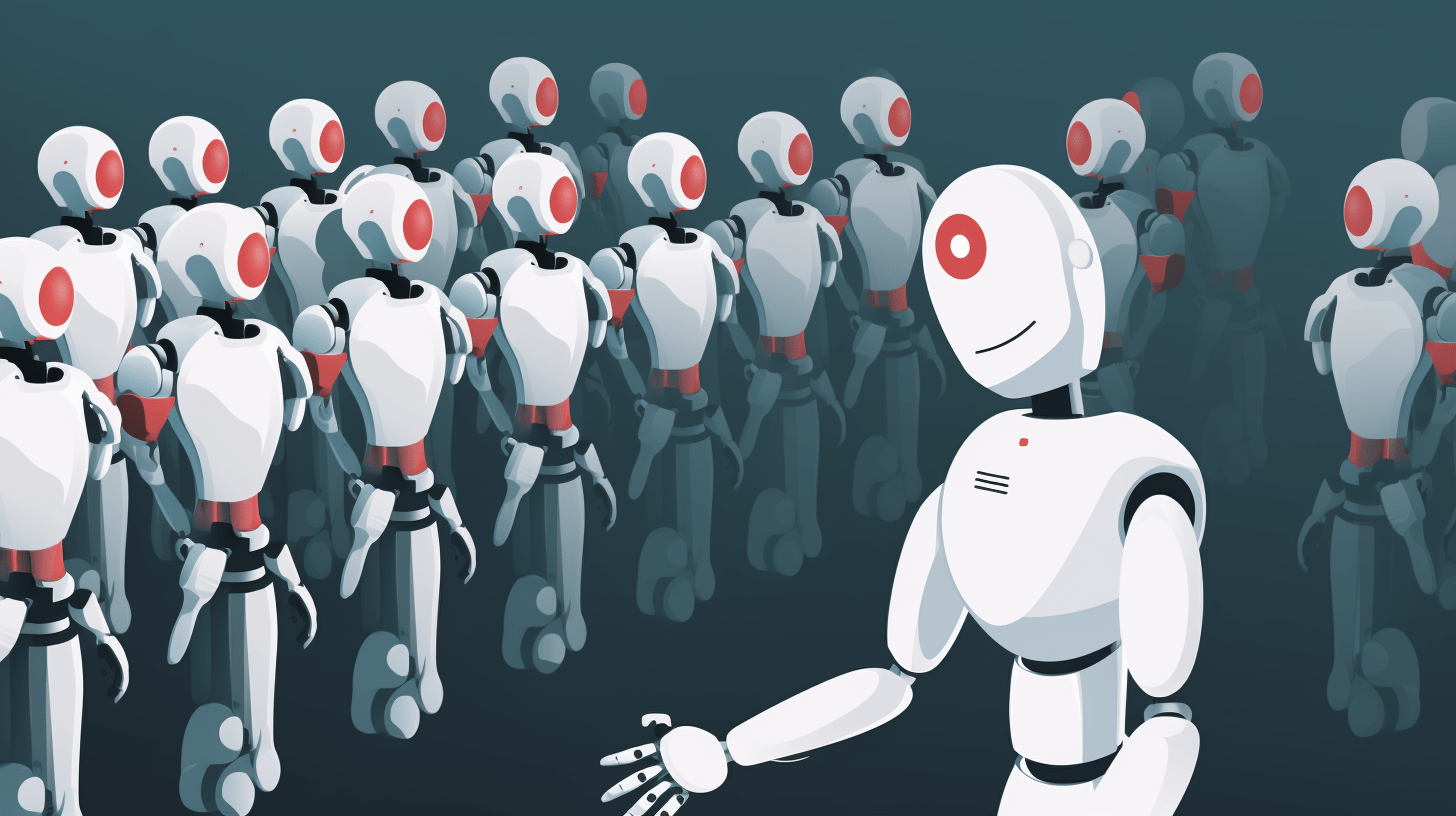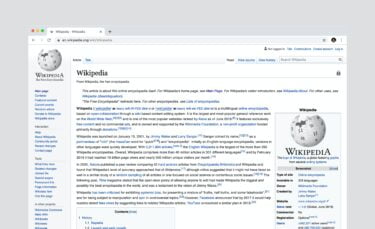Language models can speed up and automate many tasks in areas such as text or code. What happens when they run themselves?
This new trend in generative AI is also called "self-prompting" or "auto-prompting". The language model develops and executes prompts that can lead to new prompts based on an initial input.
This approach becomes truly powerful when combined with tools such as web search or the ability to test written code. The language model becomes an automatic assistant that can do much more than just generate text or code.
"1 GPT call is a bit like 1 thought. Stringing them together in loops creates agents that can perceive, think, and act, their goals defined in English in prompts," writes OpenAI developer Andrej Karpathy, predicting a future of "AutoOrgs" made up of "AutoCEOs," "AutoCFOs," and so on.
Auto-GPT: Self-Prompting is the latest trend in large language models
The most popular self-prompting example at the moment is the experimental open source application "Auto-GPT". According to the Github team, the Python application is designed to independently develop and manage business ideas and generate income.
The program plans step-by-step, justifies decisions and develops plans, which it documents. In addition to integrating GPT-4 for text generation, the system has Internet access for data retrieval, can store data, and can generate speech via the Elevenlabs API. Supposedly, the system is even capable of self-improvement and bug-fixing by generating Python scripts via GPT-4.
Massive Update for Auto-GPT: Code Execution! 🤖💻
Auto-GPT is now able to write it's own code using #gpt4 and execute python scripts!
This allows it to recursively debug, develop and self-improve... 🤯 👇 pic.twitter.com/GEkMb1LyxV
— Significant Gravitas (@SigGravitas) April 1, 2023
The following demo shows how the system, acting as a "chief GPT," autonomously researches upcoming events, identifies "Earth Day," and generates a fancy recipe idea appropriate for that day.
Video: Auto-GPT-4, Github
From language model to everyday helper
The idea behind Auto-GPT and similar projects like Baby-AGI or Jarvis (HuggingGPT) is to network language models and functions to automate complex tasks. The language model acts as a kind of controller that uses other language or expert models and tools in an automated way to achieve a given goal as autonomously as possible.
"By leveraging the strong language capability of ChatGPT and abundant AI models in Hugging Face, HuggingGPT is able to cover numerous sophisticated AI tasks in different modalities and domains and achieve impressive results in language, vision, speech, and other challenging tasks, which paves a new way towards advanced artificial intelligence," writes the team behind HuggingGPT.
Language models as a platform
The idea of using language models to go beyond pure text generation is not new: The startup Adept is working on a universal text control system that allows a language model agent to search a website, research Wikipedia, or operate Excel using only language. OpenAI has officially introduced a concept with similar automation potential as an upcoming feature with the ChatGPT plugins.
Early experiments show that robots can also benefit from the language understanding and world knowledge of large language models. For example, Google uses natural language to control household robots that can combine language understanding with environment and object recognition to perform multistep actions without pre-programming. The following example shows a simple homemade robot that can respond to complex natural language commands with humor thanks to GPT-4 connectivity.
Using auto-prompting for brainstorming is also interesting: given a topic, GPT-4 generates prompts that lead to new prompts, and so on. The software records the results in a mind map structure. The developer calls this "brainstorming on absolute steroids".
AI will unlock human creativity even more 🚀
When you give a certain topic, it generates infinite prompts on that topic.
This is brainstorming on absolute steroids, almost cheating!
This is a force-directed knowledge graph interface for GPT4 made by hturan pic.twitter.com/WzyVeRK5D9
— The Joker (@Neo19890) April 2, 2023






